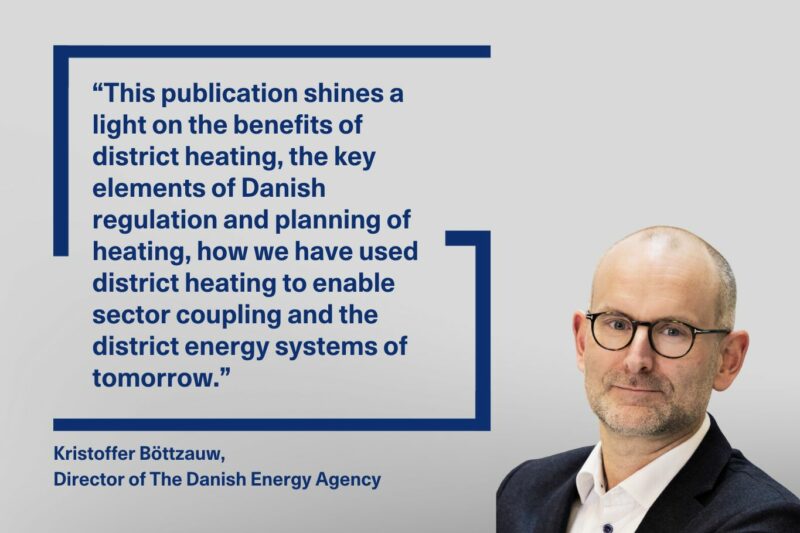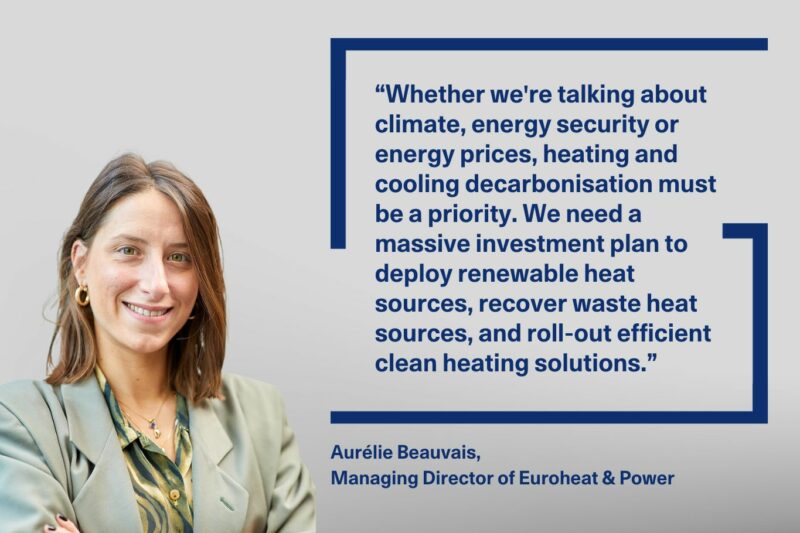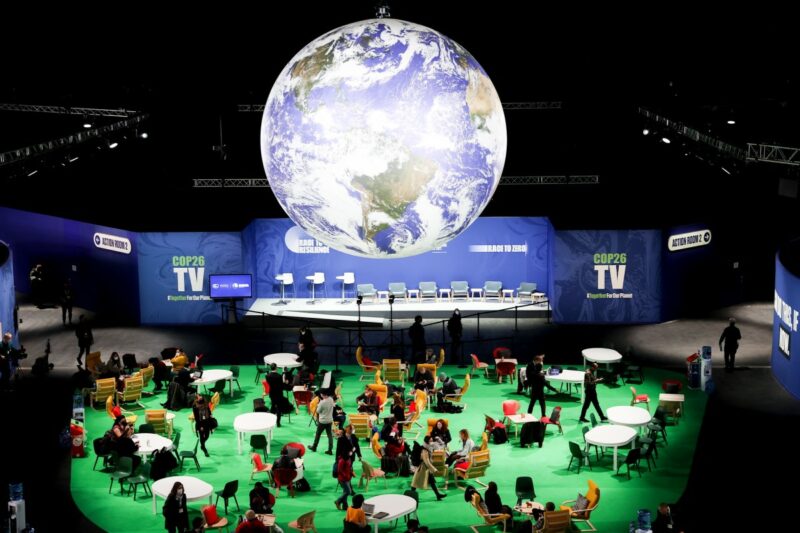News
District heating
Energy efficiency in buildings
Energy efficiency in industry
+2
New Sino-Danish Energy Agreement


25 April 2014
The Danish Ambassador to China Friis Arne Petersen has signed a new green cooperative agreement between the Danish Energy Agency and the China National Renewable Energy Centre in attendance of the Queen of Denmark Margrethe II and Chinese President Xi Jinping.
The intent of the cooperative agreement is to increase China’s focus on effective regulation of energy efficiency – especially in industry. Denmark will also contribute to the development and implementation of strategies both nationally and locally.
China has already developed a business program for heavy industries such as steel, cement and chemicals, and Danish experiences can contribute to accelerate the advancement of a more energy-efficient heavy industry in China.
China is the world’s biggest energy consumer and emitter of CO2 and there is great potential to reduce both energy consumption and CO2 emissions. Denmark holds many decades of experience in energy efficiency – both within industry and building. We have demonstrated that it is possible to combine economic growth with sustainable energy development, says Minister for Climate, Energy and Building Rasmus Helveg Petersen.
There is great need for energy efficiency in China. According to the International Energy Agency the Chinese energy savings potential is as much as 25% of energy consumption by 2035.
The Danish focus in the new agreement will also be on utilization of surplus heat from heavy industry. The district heating system can utilize surplus heat to heat up housing, as demonstrated through the Danish project in Anshan.
Extending cooperation on renewables and sustainable urban development
The signing ceremony also extended two existing cooperative agreements with the Chinese National Energy Commission (NEA) and the Chinese Ministry of Housing and Urban-Rural Development (MoHURD). The agreement with NEA focuses on how China can increase its share of renewables, while the cooperation with MoHURD strengthens green energy efficient urban development through sustainable building and district heating. Construction of energy-efficient buildings can save great amounts of energy. Each year, approximately 15 million Chinese citizens move to cities, and China accounts for 50% of the global increase in housing m2.
China has been the world’s growth engine for a long time but it is also one of the world’s largest energy consumers. Extension of the agreements shows that China highly prioritises the green transition and wishes to find sustainable solutions for the challenges that large growth leads to. Denmark has the technical solutions and experience with a green transition that we can continue to develop in cooperation with China. Both countries can benefit from this, says the Minister.
Danish presence in China
Denmark has approximately 500 companies in China, which makes it Denmark’s second-largest trading partner outside the EU. A number of large and medium-sized Danish companies within energy technology are present in China. Among others, Danish companies export renewable energy equipment, energy-efficient solutions for power plants, district heating systems, thermostats and additional energy-saving equipment.
The Sino-Danish energy cooperation was established in 2005, where the first bilateral agreement on increasing the share of wind energy in China was signed. From 2006-2009 the Wind Energy Development Programme (WED) was implemented. This cooperation was replaced by the Renewable Energy Development Programme (RED). Central to RED has been the establishment of a national centre for renewable energy in China as well as a number of concrete energy projects, including two demonstration projects in Northeast China.
For more news, visit our Newsroom
You should consider reading
District heating
Energy efficiency in buildings
Energy efficiency in industry
Wind farm planning and development
Wind turbine manufacturing and components
publications
Combined heat and power production
+9
District Energy
25 October 2024The backbone of a flexible, resilient and efficient energy system.
Available in both English and German.















